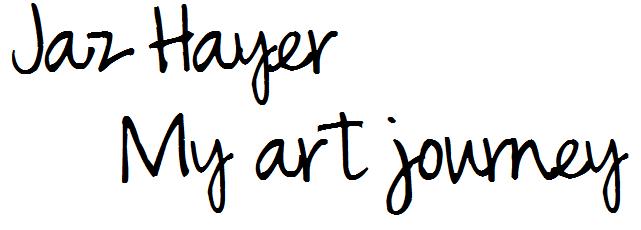Yesterday, I was up at 6:40am and I went out to put my second camera out.
I attached the camera to a bench in the Hawkesbury Canal Junction area, which is a much more prominent and busier area than my first location. I was hoping that as a result of the location, more people would see and use the camera to respond to my experiement.
I went back later in the afternoon to find that the camera had been taken. I was mega disheartned and annoyed that somebody would do this in the first place. I always knew this would be a risk that I would have to take with this concept, but didn't think that anyone would actually do such a thing.
It was very frustrating to come to terms with the fact that any potential responses to my experiment that had been documented on the camera so far had been compromised. So I left with the hope that somebody may have taken the camera to another location as a part of the experiment, and that they would then bring it back. But they didn't.
It was very frustrating to come to terms with the fact that any potential responses to my experiment that had been documented on the camera so far had been compromised. So I left with the hope that somebody may have taken the camera to another location as a part of the experiment, and that they would then bring it back. But they didn't.
So this got me thinking...
The concept that I am exploring and experimenting with is participatory art i.e. providing opportunities for the general public to be involved in co-creating art. So rather ironically and ambigously, did the person/people who removed the camera from its location/context aim to be critical by excluding others from art and documenting their artistic endeavours as a response to art and my intnetion? By removing the camera, did they in fact participate in the experiment by actually not participating at all? Does this mean just because a response wasn't documented on film, that the person/people who took that camera is/are not participating?
Now that I have reflected on the situation, I'm not as frustrated as I was because I have thought about why the camera may have been taken in the first place. As Donald Crawford (1991, p.24) states, "The appreciation of an art object usually goes beyond simply enjoying looking at it and involves coming to understand its meaning as well...Consequently what one sees would also involve an interpreation of what is seen - an explanation of the work's meaning. It may be based on what is readily seen in the work but often goes beyond that by making use of information about the artist's intention, and the social or cultural context of the work." At the end of the day, if a person has chosen to participate by removing/taking the camera, who am I to question/justify their actions? Surely art should be subjective, objective, and personally interpreted by the individual?
I am now considering leaving another camera on campus at uni with exactly the same intention as before (well for now anyway). But I am considering how to develop this concept of participatory art further by encouraging those who choose to participate in my art to consider a question or complete a task and then document this via the camera. But for now, I just want to get a wider response from people by encouraging them to use the camera to take photo's of anything they wish. Maybe I could see if any common themes/issues are identified from these photographs? I just hope this endeavour will get a more positive result, which will hopefully allow me to progress and extend my ideas in the contexts of both participatory and conceptual art.
References:
Crawford, D. (1991) Aesthetics and Arts Education. University of Illionois Press
References:
Crawford, D. (1991) Aesthetics and Arts Education. University of Illionois Press





NICE!
ReplyDeleteand referenced too, very good!
Plus, the person/people who removed the camera may have felt that their environment was being invaded/violated as a result of the camera e.g. the people on the canal boats!
ReplyDelete